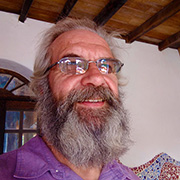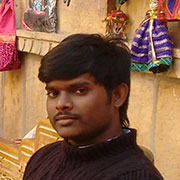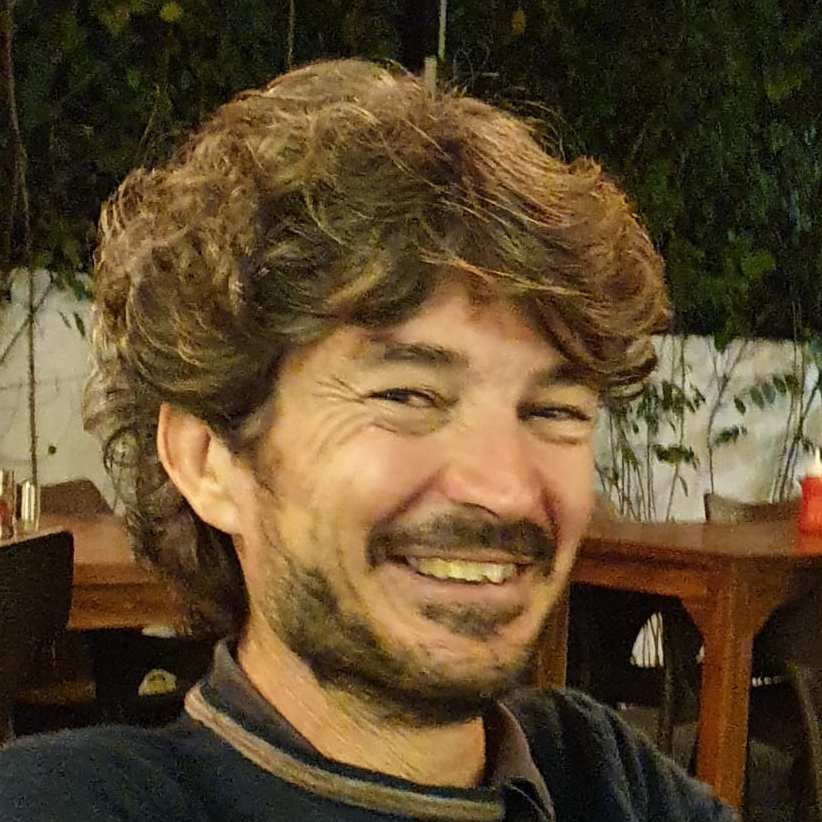Our Story
Why Building Biology?
In the second half of the last century the world of construction has changed substantially.
The industrial revolution has introduced many new building methods and materials. Many synthetic chemicals found their way into our living environment. Electricity became available for almost everyone. Today we experience a boundless growth of wireless devices. The primary motivation of these developments is economic growth.
This unrestrained economic growth has led to depletion of resources, global warming, and pollution of land, water, air and ether. But also to social and cultural impoverishment. The gap between poor and rich has never been this poignant. Today the care for our earth is becoming of great importance. The need for sustainable building is becoming a necessity.
Environmental health?
Environmental health is of increasing importance for our health and well being. Our living environment, especially the indoor climate of our dwellings, are a mayor source of environmental illnesses. The role of a building biologist is to inform building designers to create a healthy indoor climate in their new designs. And to investigate existing houses, often in collaboration with environmental doctors, for chemical and biological pollutants and man-made radiation.
Building biology places the individual in the centre of its living environment. Human health and well being are of great importance. Sustainability is of a vital importance.
Building biology in India
India is growing fast, the population as well as the economy. Cities are dealing with a very high and increasing population density. Many new buildings are being constructed. Unfortunately in the haste to build a new modern India, construction practises are forgetting the quality of life for those living in these new buildings. There is an urgent need for building biology and sustainability to improve the quality of life now and in the future. This makes India a country with many challenges.
Building biology as it is introduced by the IBN is originally meant for the middle European climate and culture. India is a large country with various climatological zones and cultural differences. The science of Building biology needs to be expanded to cover specific Indian issues. This requires research and development. This is one of the challenges we are facing.

Rene Janssen

Mona Doctor-Pingel

Selvam

